I’ve decided to name this step ‘treatments‘ because I know many are confused about the difference between serums, ampoules and essences. They’ve got different names, different textures, but they essentially do the same thing — they treat! Remember how I said that your skincare regime has to be exclusively personal to your own needs? This treatment step is where it gets really personal.
These three products function to target very specific skin concerns you’d like to fix. Some popular examples are for acne/blemish-prone skin, wrinkles and dark spots. While your other skincare can be as general as a “For All Skin Types” category, you’d want to find a treatment that your skin really needs.
Essence
Essences were made popular when the East Asians introduced it in their market. Ask any Koreans, and they’ll tell you that an essence is arguably the most important step in any skincare routine. Essences treat your skin at cellular level due to its water-like consistency that allows it to be absorbed easier and faster. Most essences have an active ingredient in them that aids in optimising skin cell turnover. Maybe you’ve heard of the SK-II Essence that has Pitera in them? Pitera’s an active ingredient that was discovered in a sake (yes, the Japanese rice wine) production centre – which found that yeast holds so much beneficial traits for the skin. A cheaper alternative like Missha’s Time Revolution Essence also includes fermented yeast as its prime ingredient.
Essences are to be applied right after your toner. The rule of thumb here is to apply products based on its texture; the more watery it is, the earlier in your routine it should be. Since an essence has water-like texture, it goes first! Pat it in with your hands gently for optimal results, otherwise you can also use a cotton square for it – this is more hygienic but has the tendency to waste product.
Serum
They basically serve the same purpose, but have different consistencies. While the essence feel like water, serums tend to be slightly slimier and are often in dropper packaging so you get to control the amount (you don’t need much!). Also, essences tend to be targeted for those wanting to brighten their skin, and serums are often used to help with wrinkles, dark spots and acne. Their thick consistency indicates a larger party of nutrients that help tackle bigger problems, jam-packed with ingredients with higher concentration.
That being said, be extra cautious when picking out a serum. I’d suggest investing in this one, if you aren’t the type to invest much on skincare. Why? This product can do so much good, but it can also do so much wrong when used wrongly. Applying tea tree serum on dry skin can cause bigger problems than you started out with. Go to your nearest Kiehl’s, Clinique or Dr. Murad to be consulted on the right one for your skin.
If you have normal skin, then you can skip on a serum & just apply some light layers of the essence. If you have oilier skin, niacinamide or tea tree can help balance the oil production. For drier skins, a moisture booster like a Vitamin A & C serum can be just the right thing for you. Also, dry skin types have stronger tendencies to age prematurely, so a serum that targets anti-aging may help with prevention.
Ampoules
Ampoules are the strongest formula out of the three, a more potent version of serums. They’re so concentrated that it’s not uncommon to see its active ingredient fill up 50% of the products. Like serums, ampoules are also very specific to individual needs. I personally don’t think you need ampoules if you already have both products mentioned before this. Keeping your routine as simple as possible eliminates any risk of a potential reaction. If, and only if, your serum of choice does nothing to your skin after using it for at least a month, you might want to amp up your treatment to an ampoule. Otherwise, don’t even worry about it.
Here’s a guide of how much product you’re meant to use:
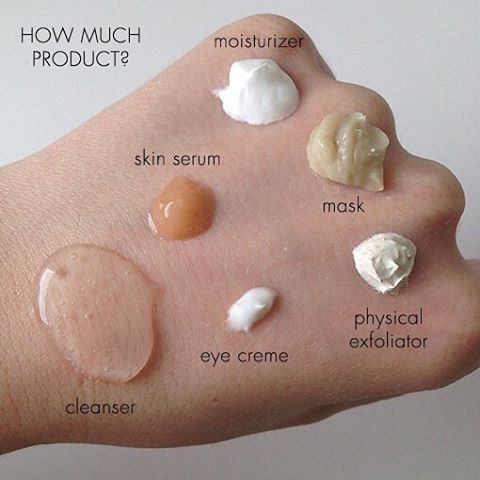
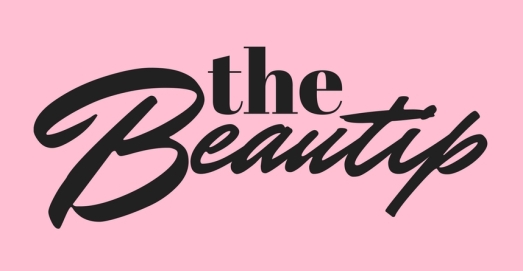
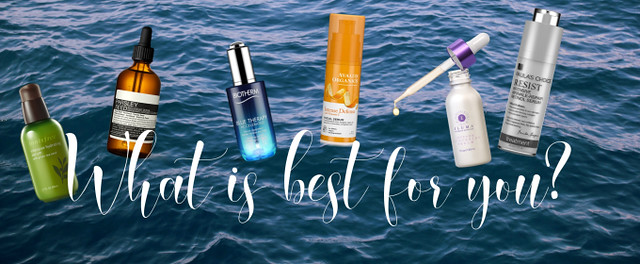
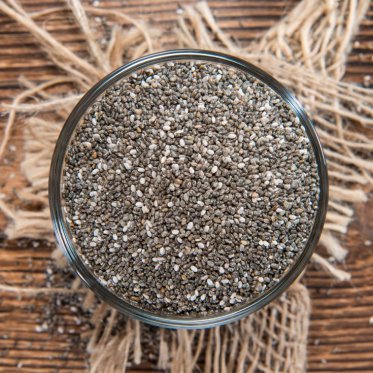
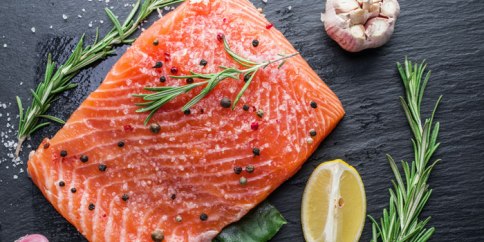
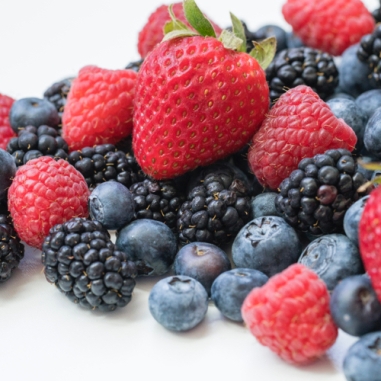
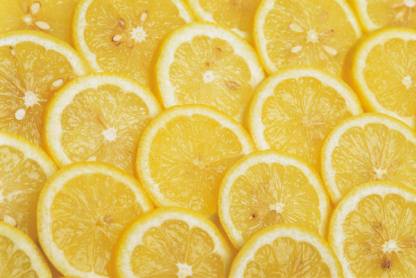
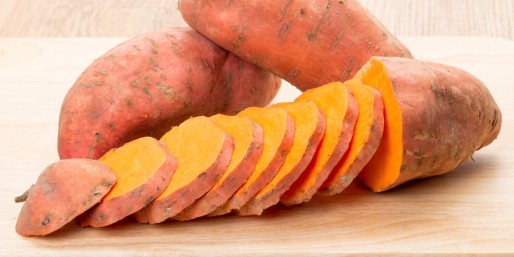
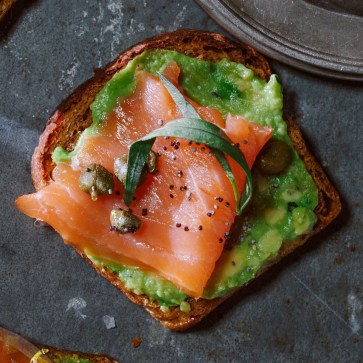
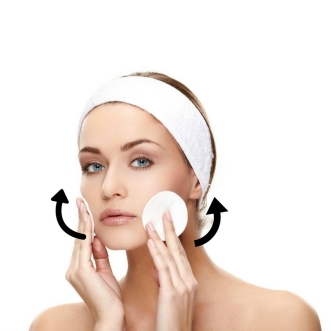
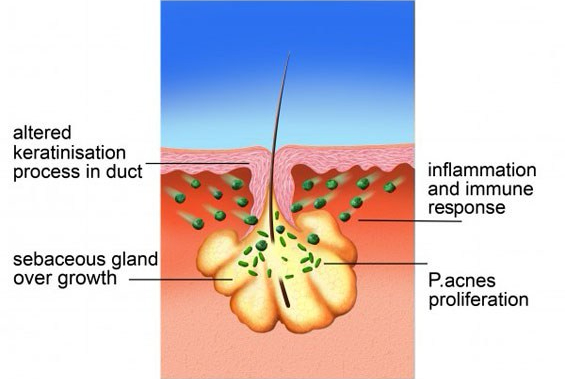
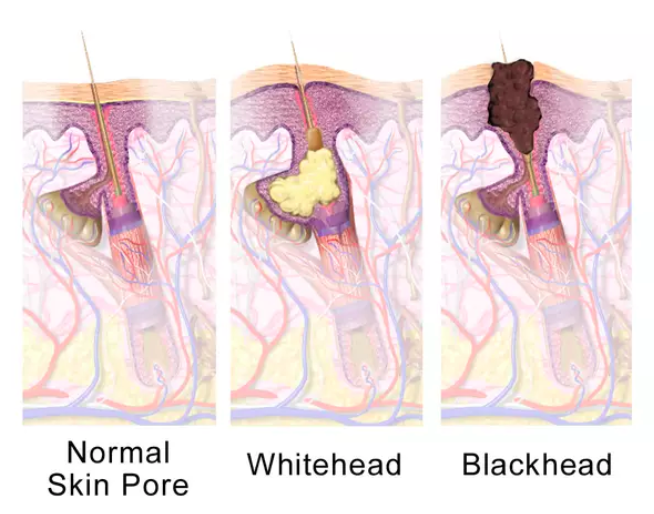
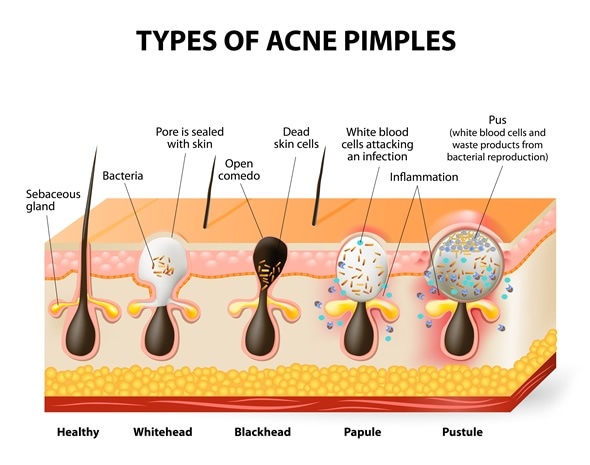 But when one usually refers to an acne, they’re really talking about pustules. These are the ones most commonly known as “pimples”, which are the less painful but more visible cousin of papules. Pustules are acne that are medium in size and have a yellow-ish, pus-filled centre surrounded by red inflammation, and they’re the most tempting to pop out of all acnes. Before you do it, have a think if this temporary relief really worth the dark scarring and bacterial infection? Probably not. Instead, apply disinfectants like apple cider vinegar (which not only has antibacterial properties, but also anti-inflammatory properties to soothe the redness!) on it. Topical acne treatment like tea tree oil solution applied on affected areas and even mixing some tea tree oil in your daily moisturiser helps prevent future breakouts. Other active ingredients to look out for include
But when one usually refers to an acne, they’re really talking about pustules. These are the ones most commonly known as “pimples”, which are the less painful but more visible cousin of papules. Pustules are acne that are medium in size and have a yellow-ish, pus-filled centre surrounded by red inflammation, and they’re the most tempting to pop out of all acnes. Before you do it, have a think if this temporary relief really worth the dark scarring and bacterial infection? Probably not. Instead, apply disinfectants like apple cider vinegar (which not only has antibacterial properties, but also anti-inflammatory properties to soothe the redness!) on it. Topical acne treatment like tea tree oil solution applied on affected areas and even mixing some tea tree oil in your daily moisturiser helps prevent future breakouts. Other active ingredients to look out for include 






